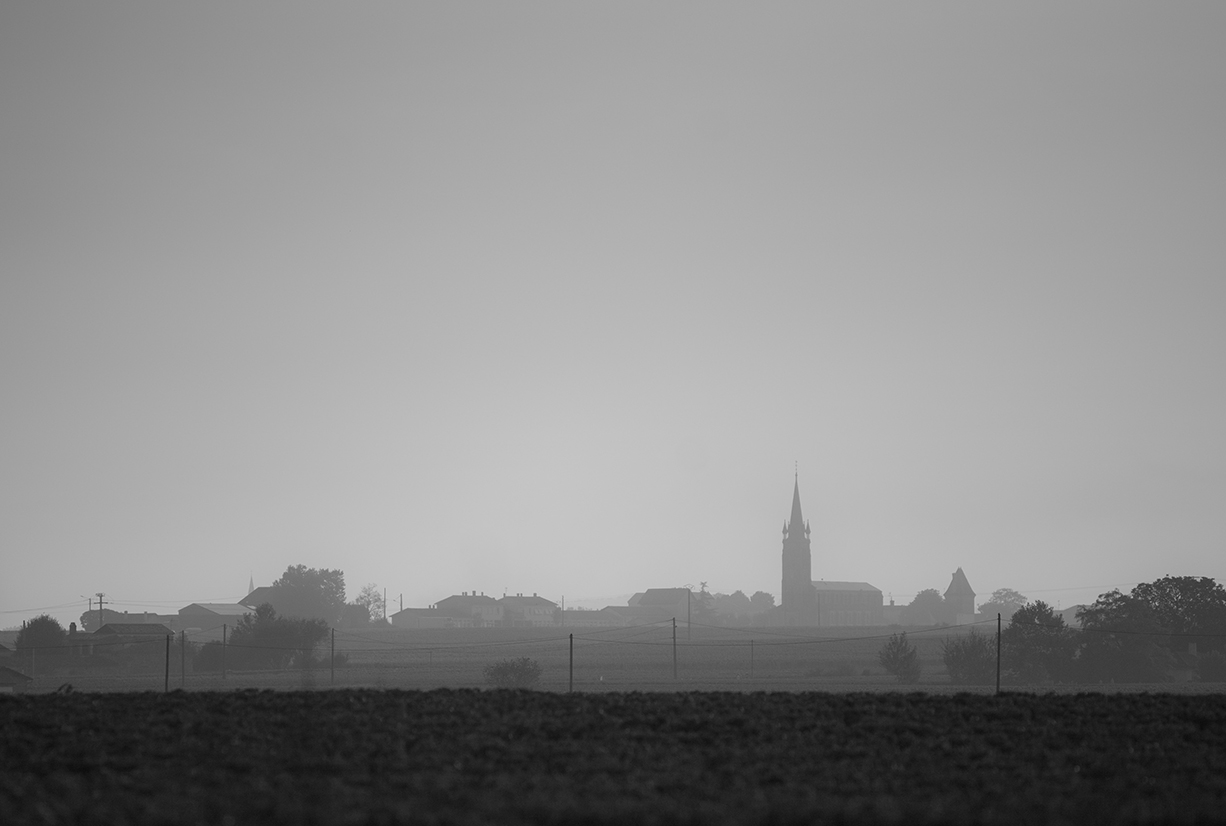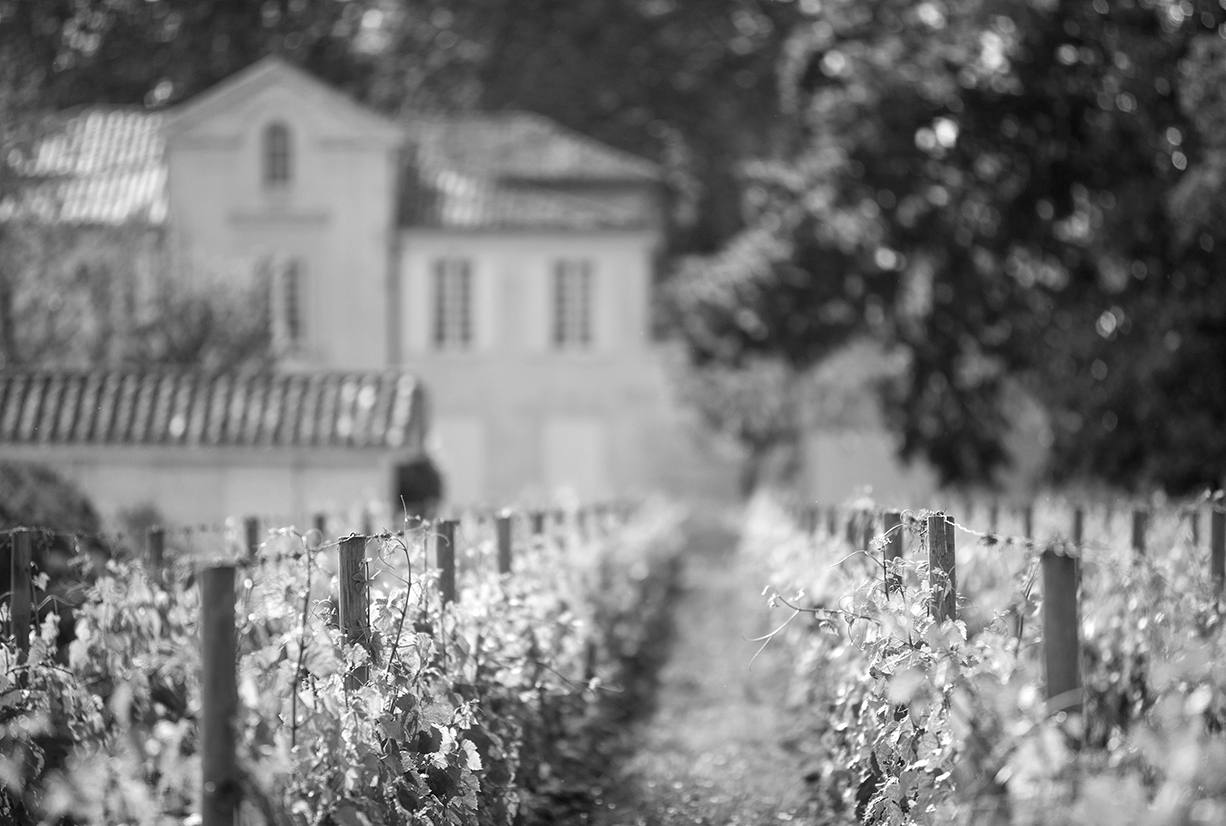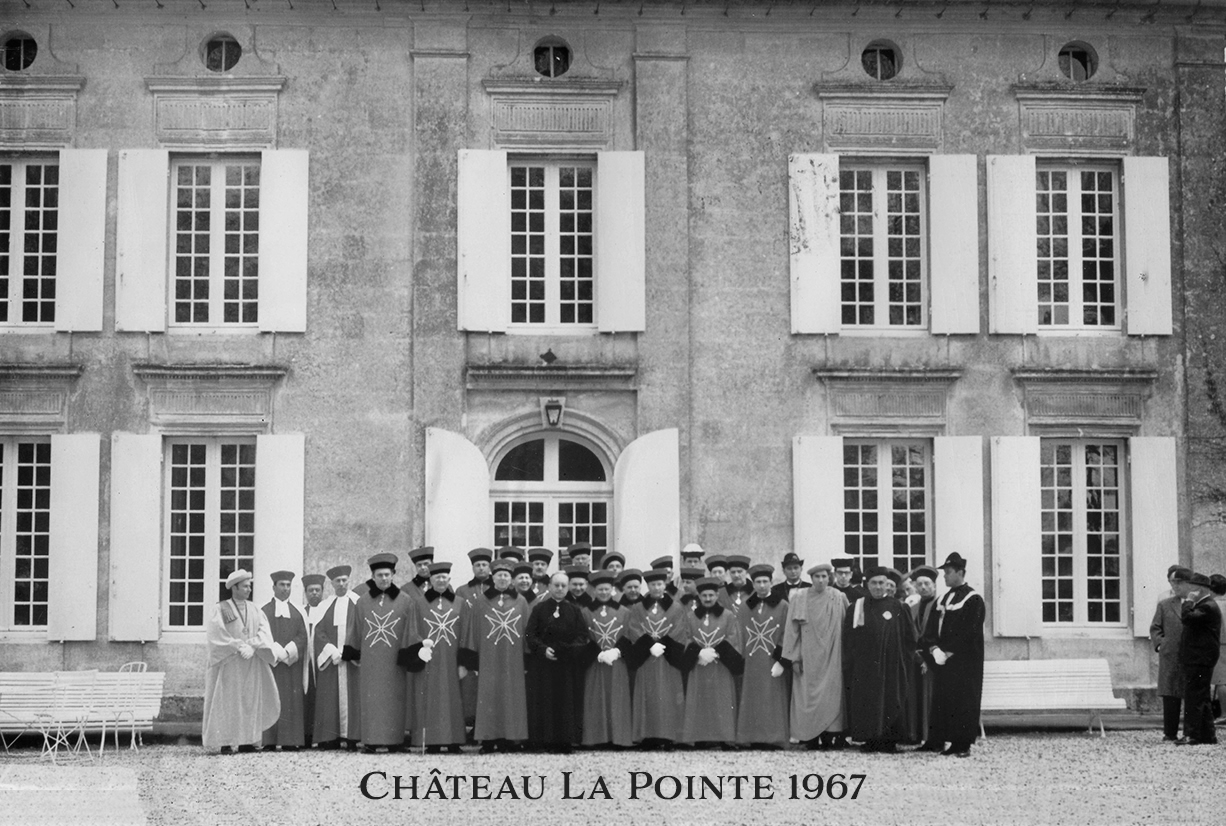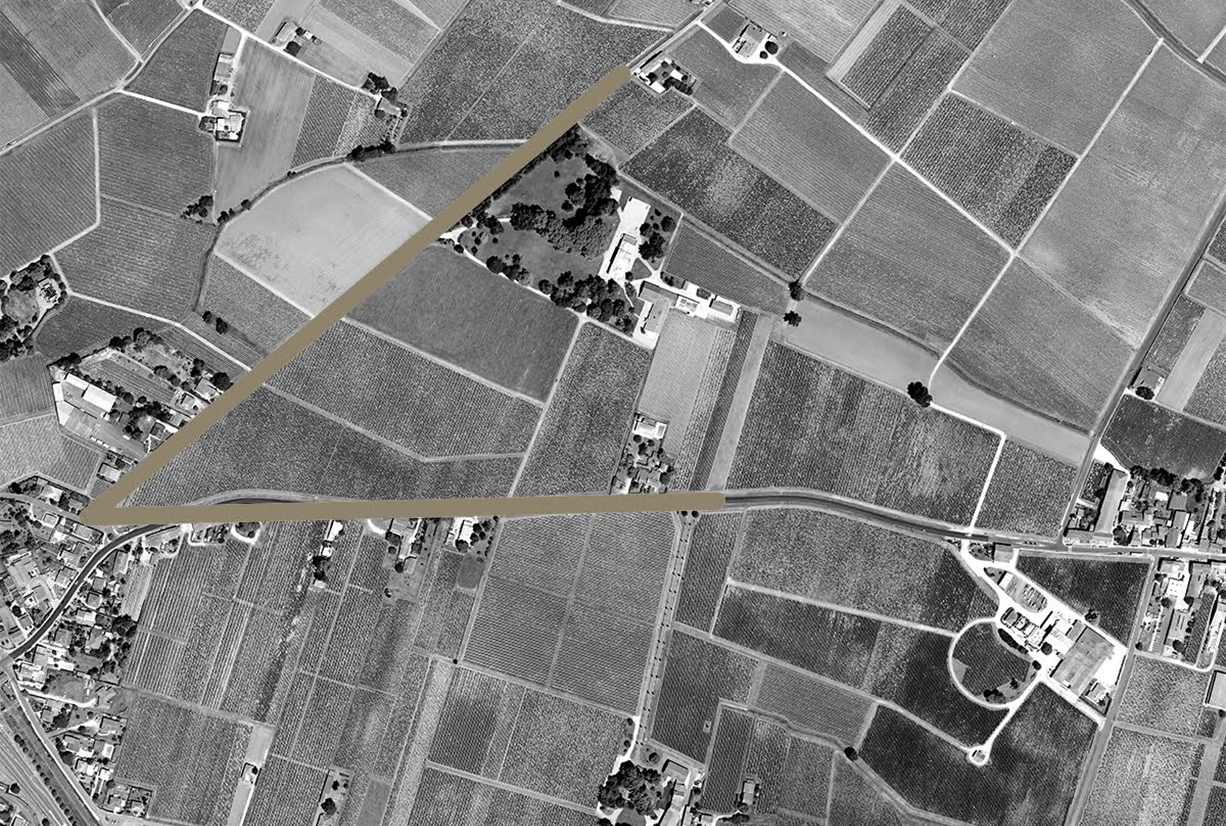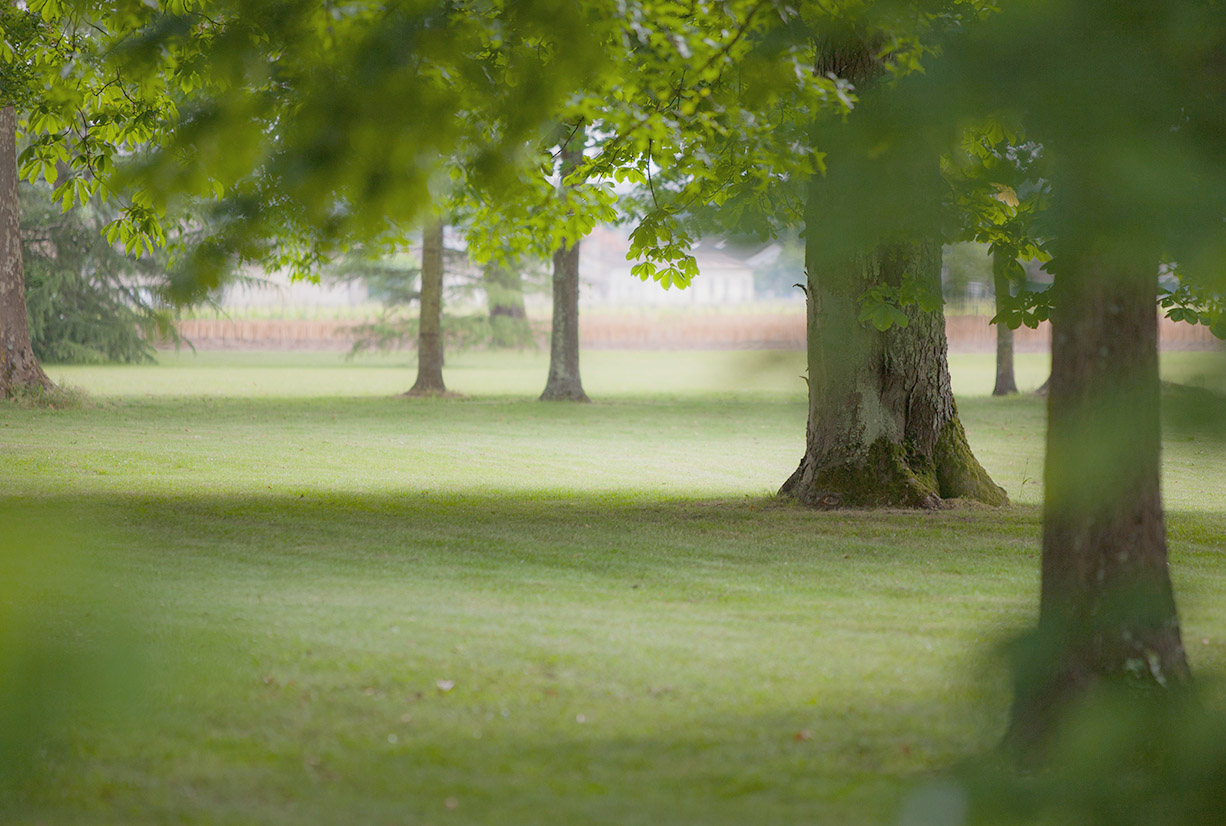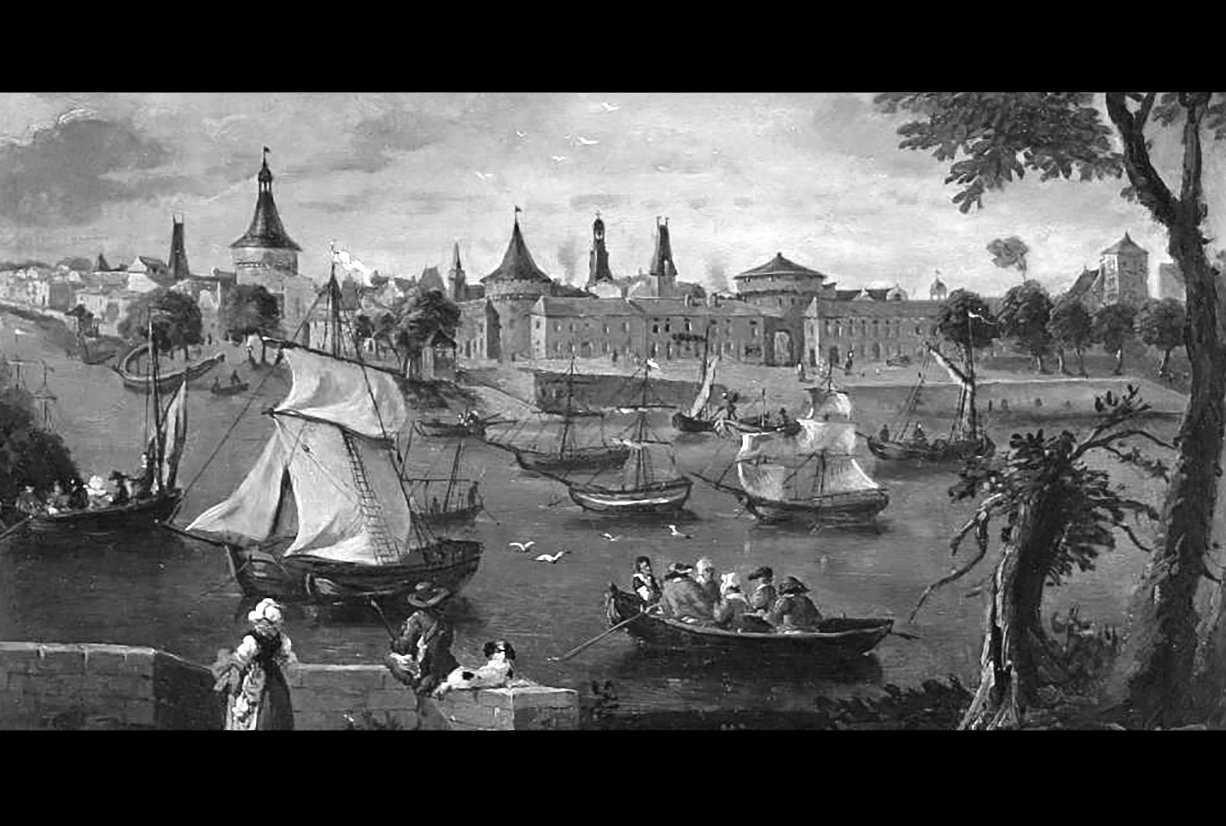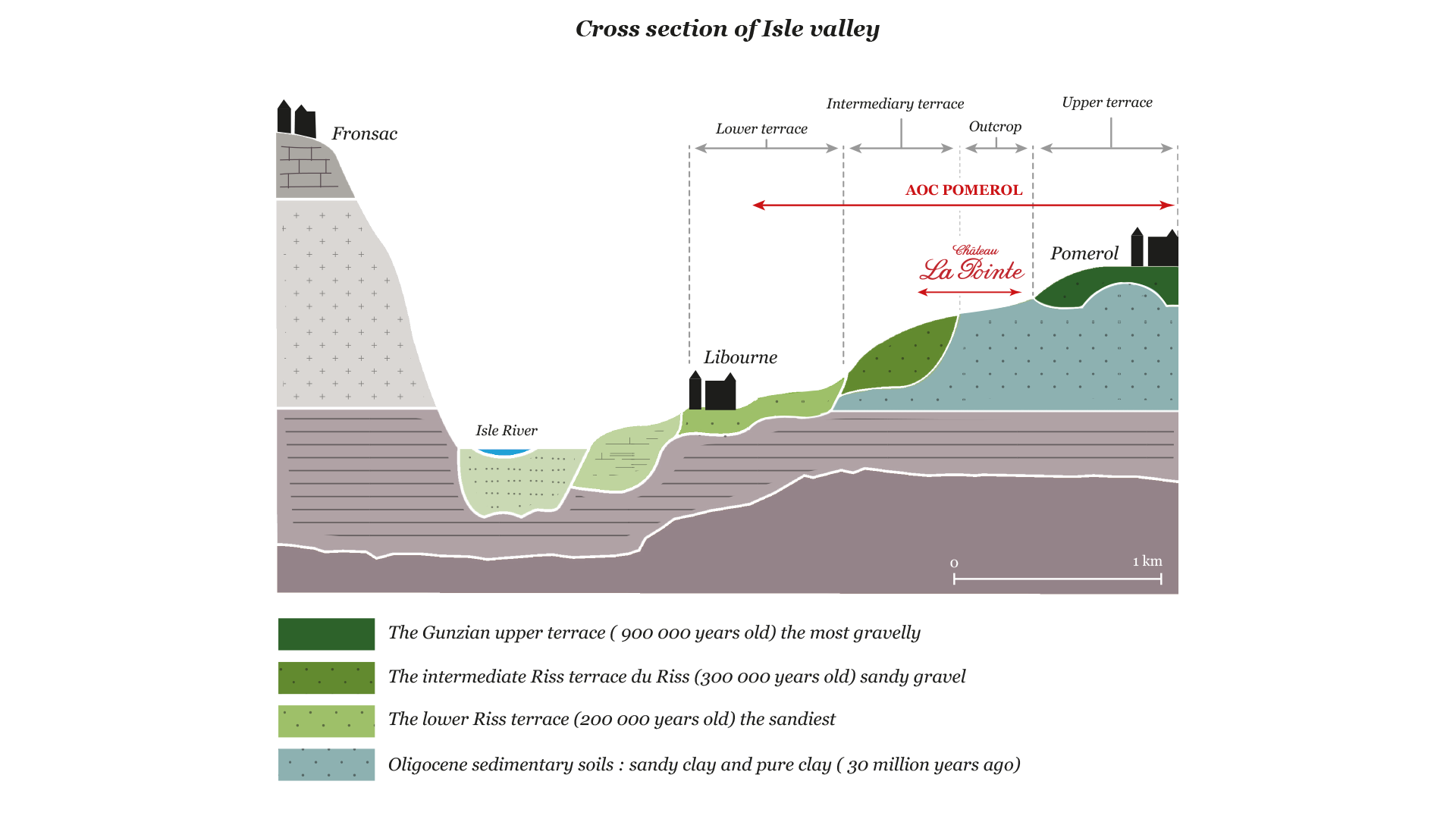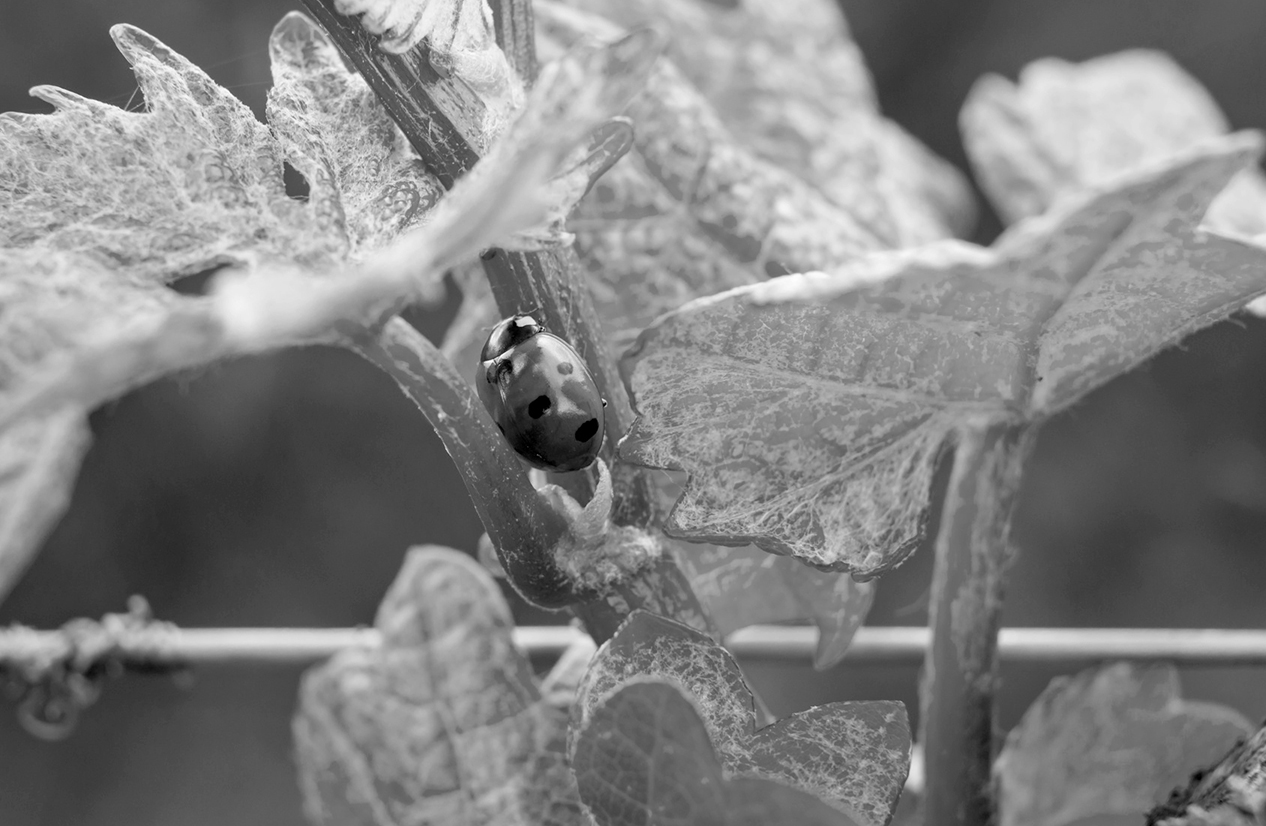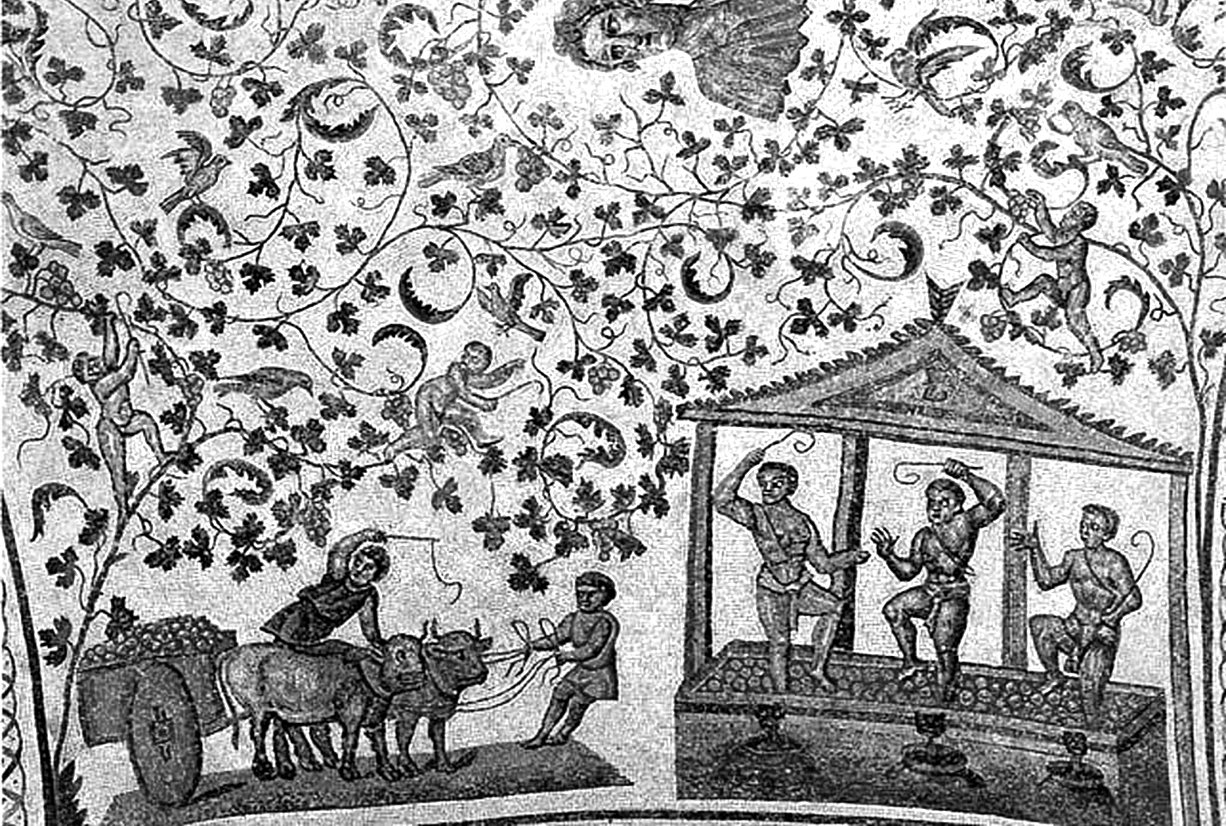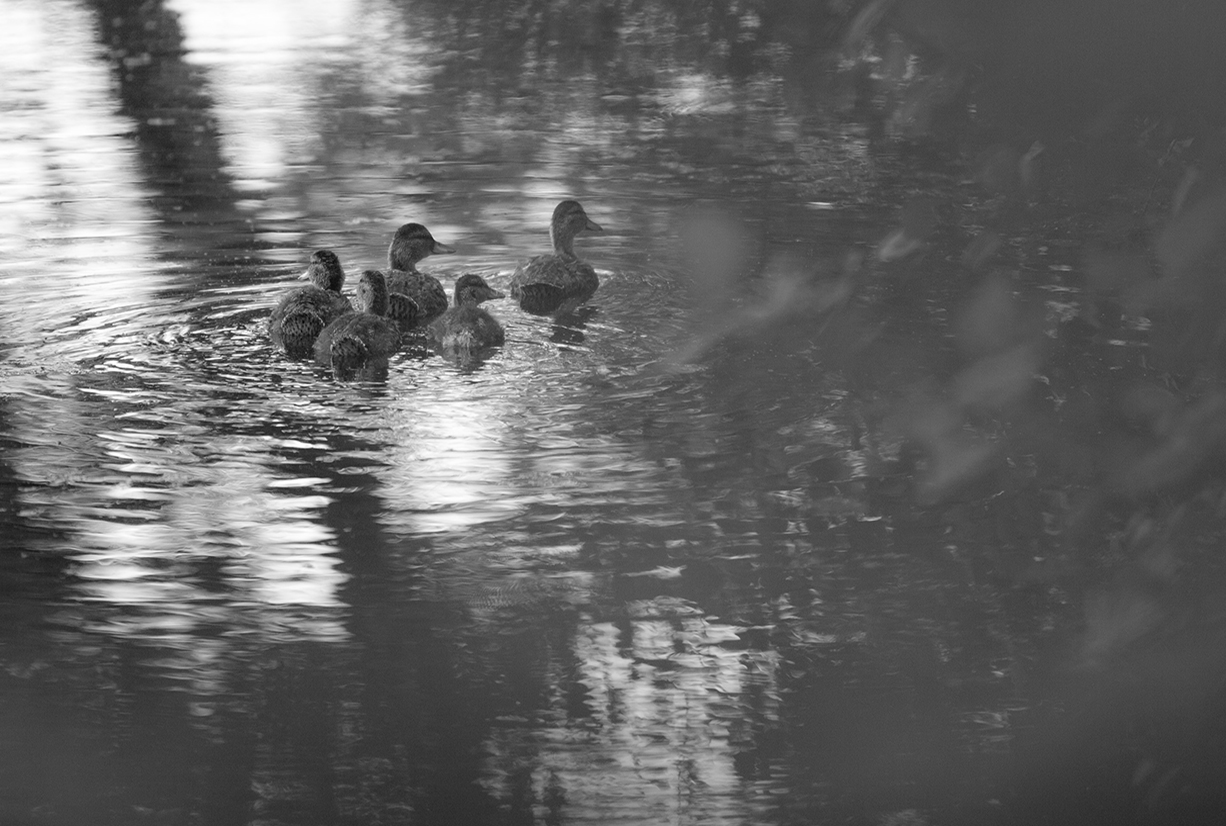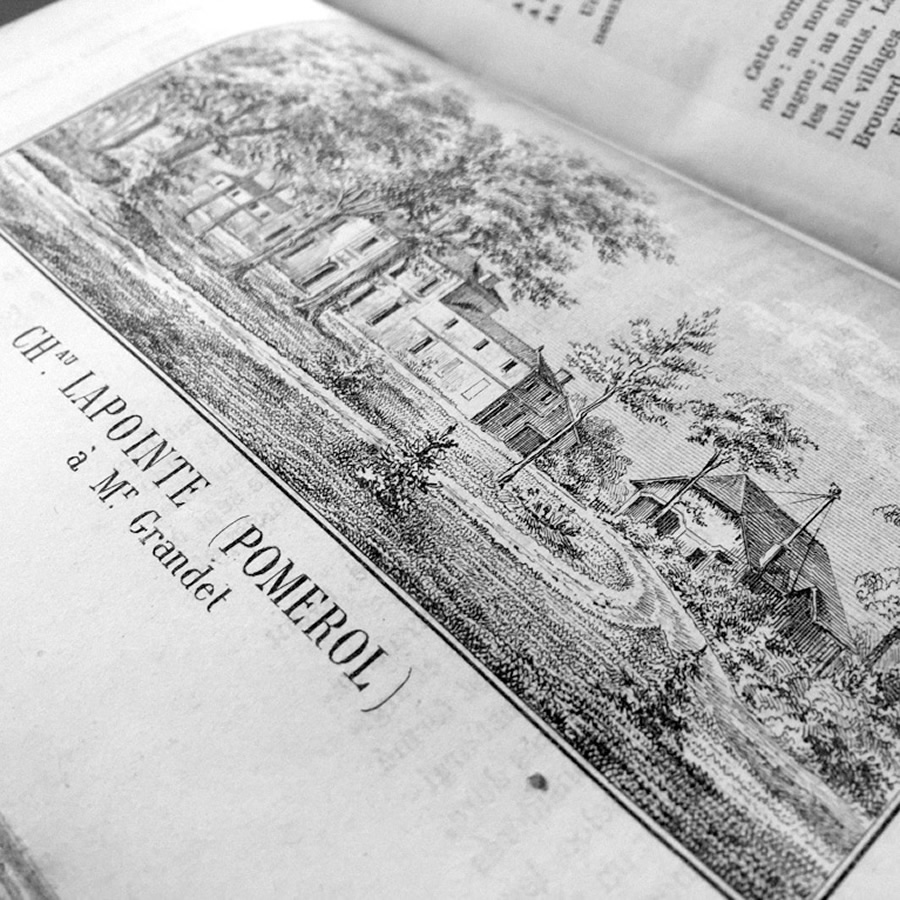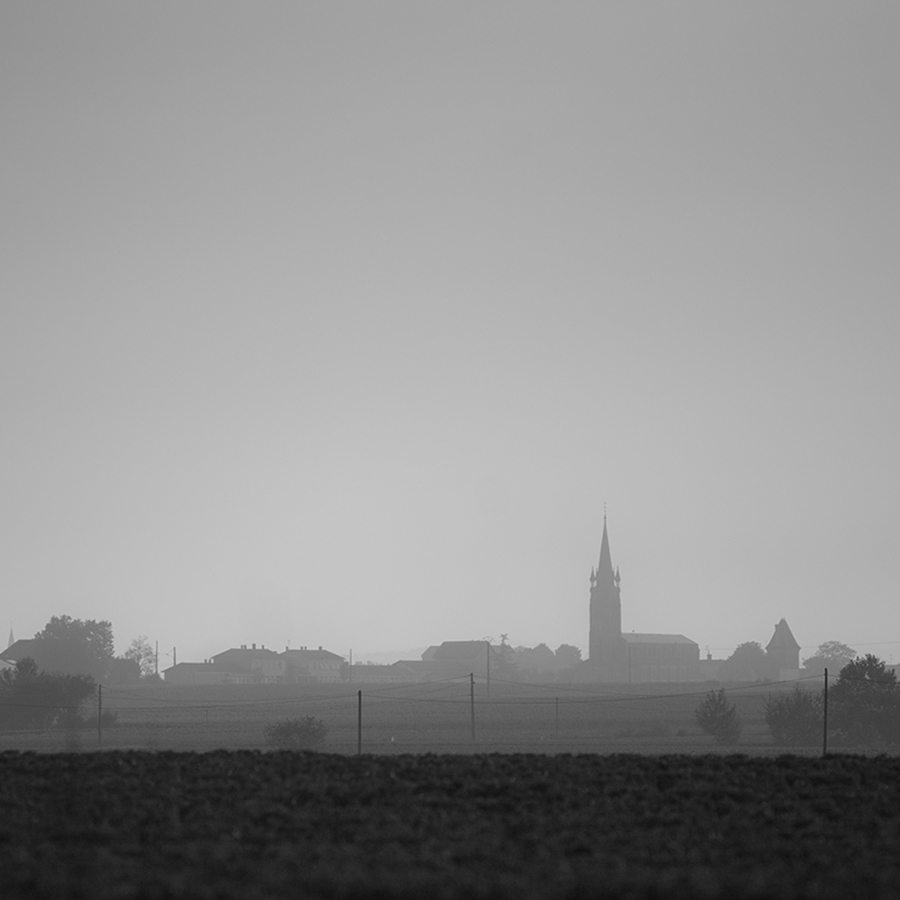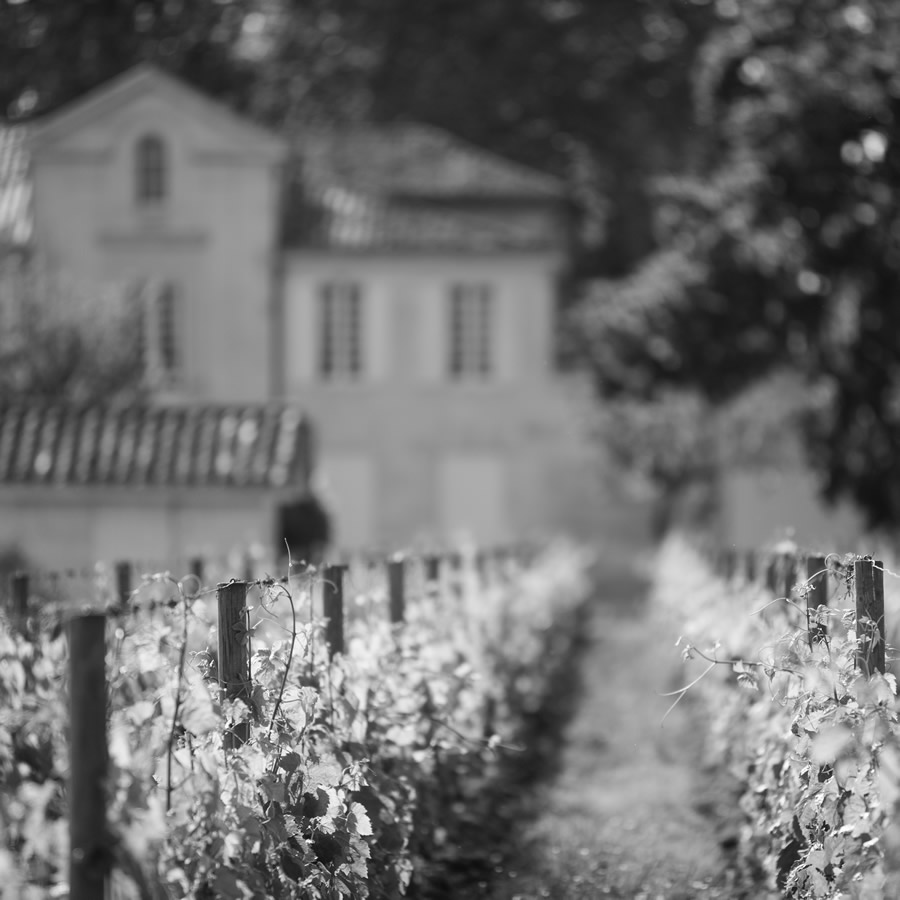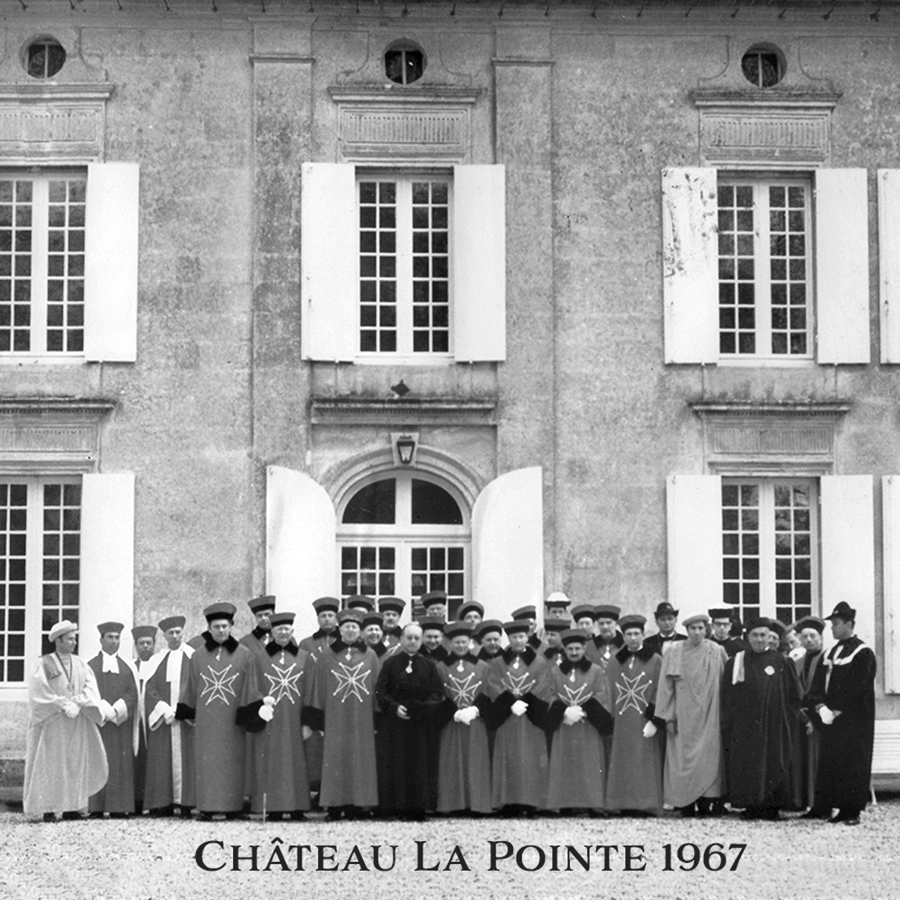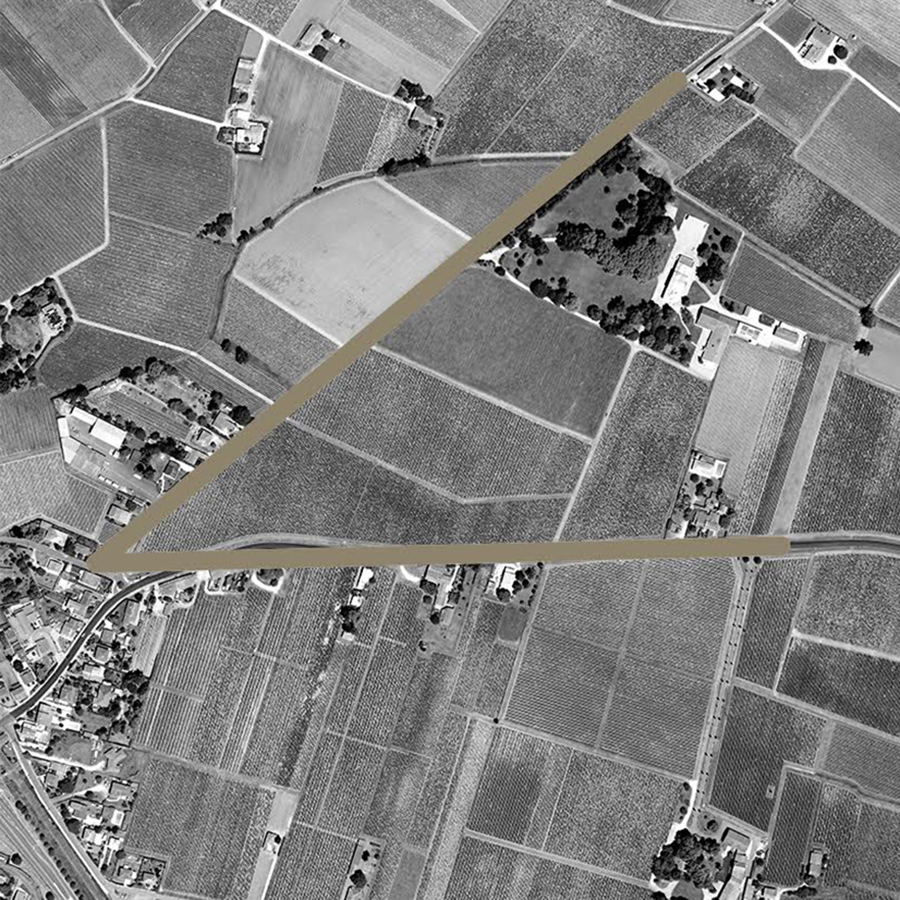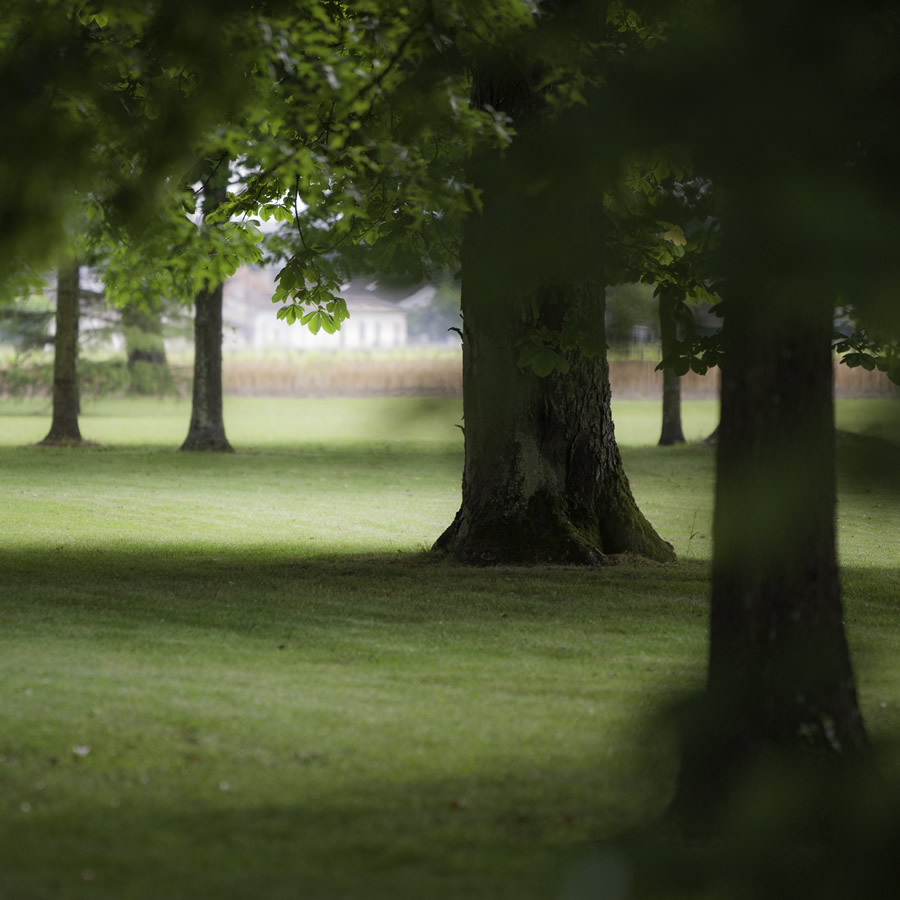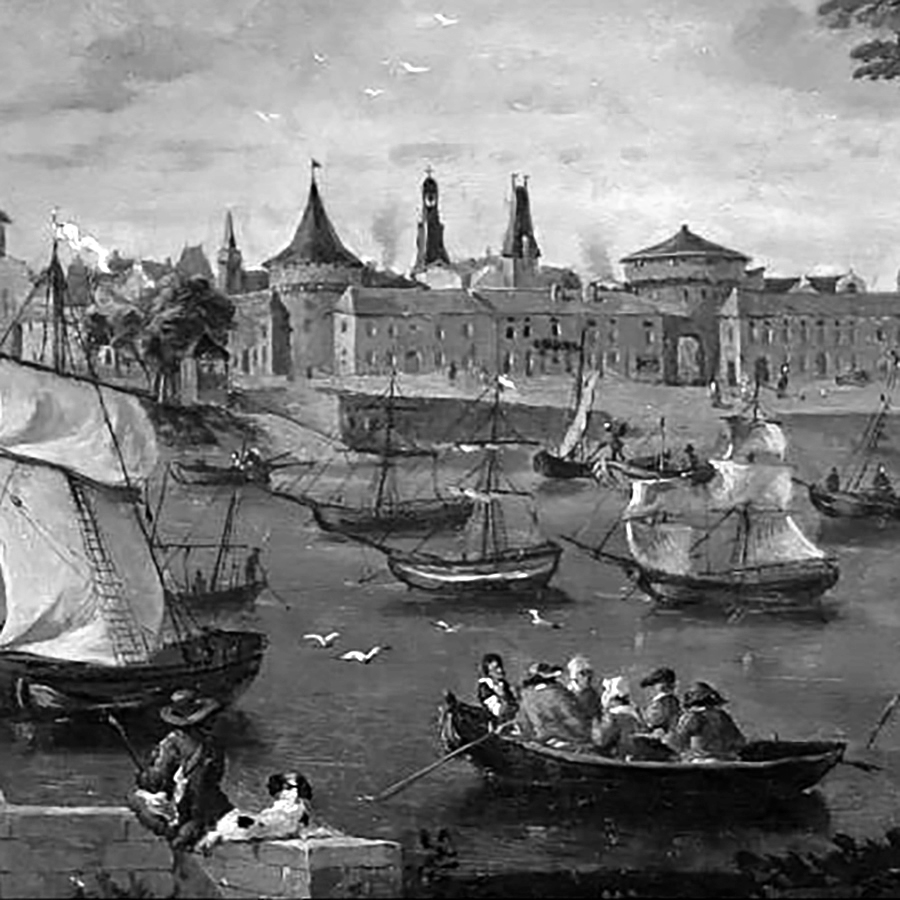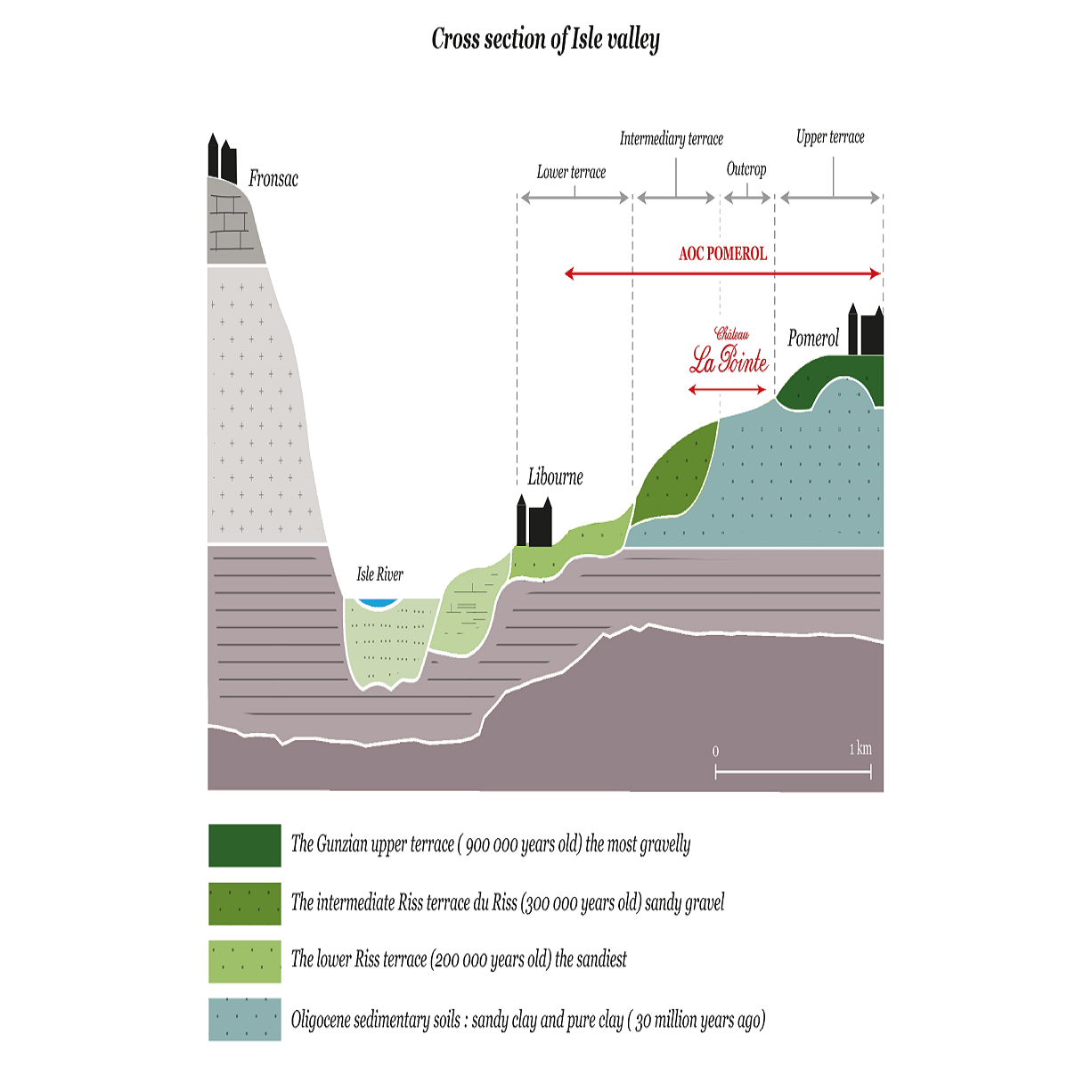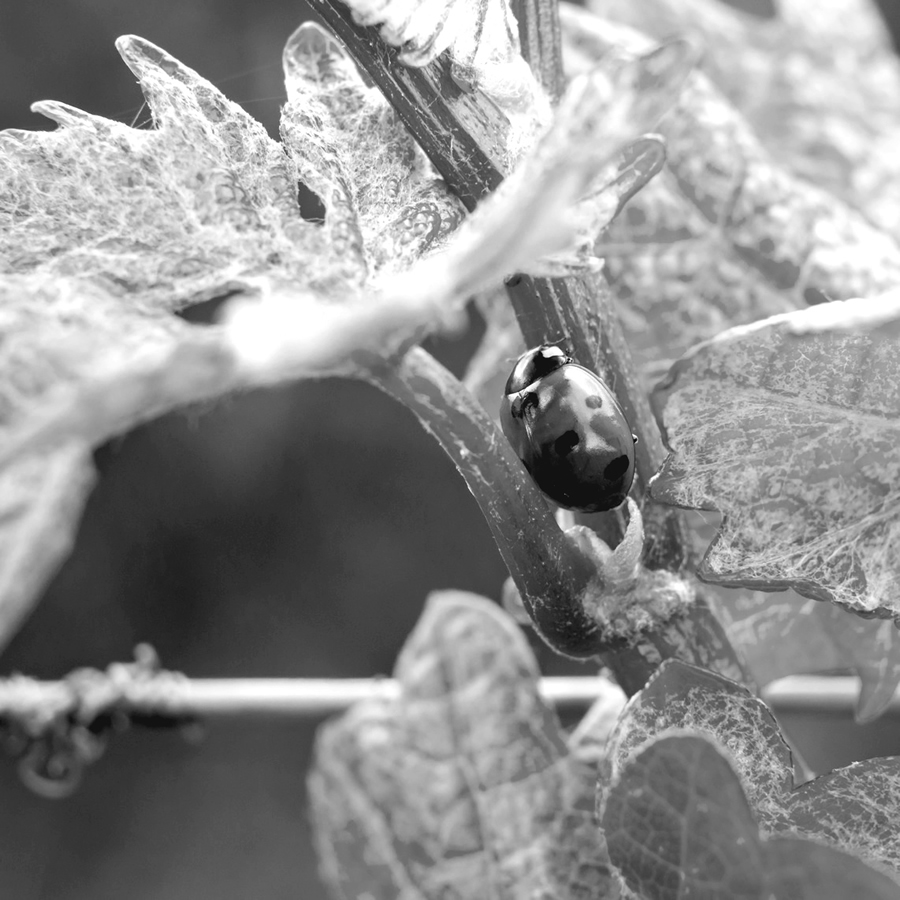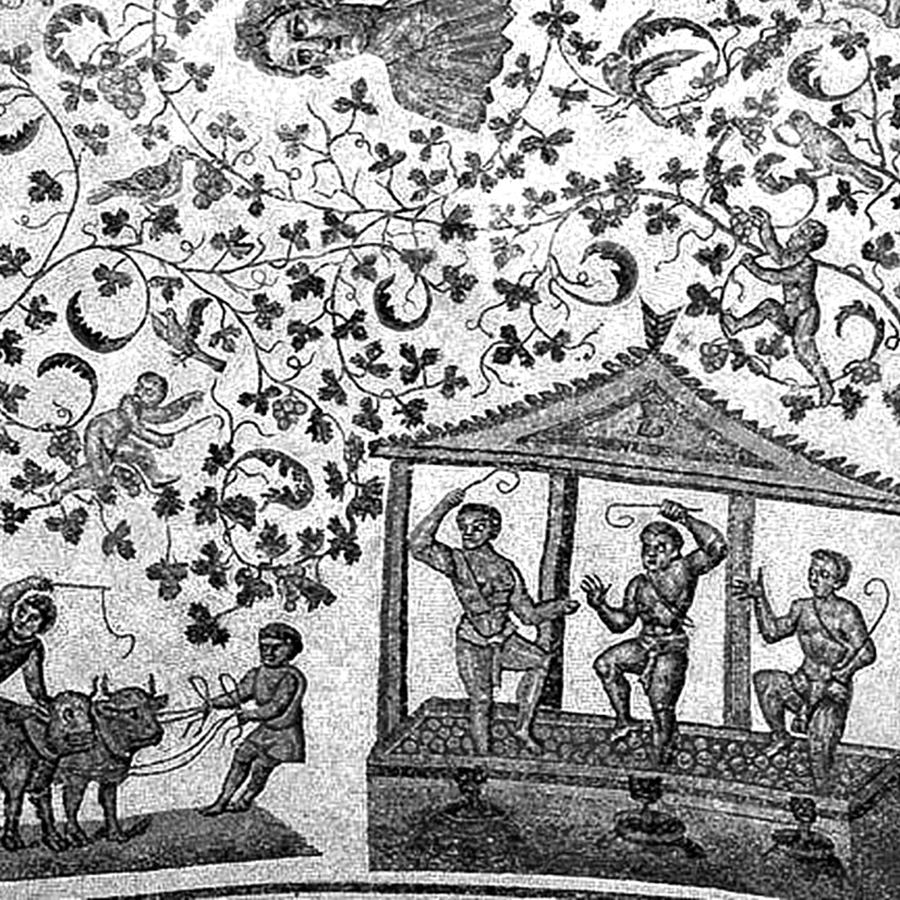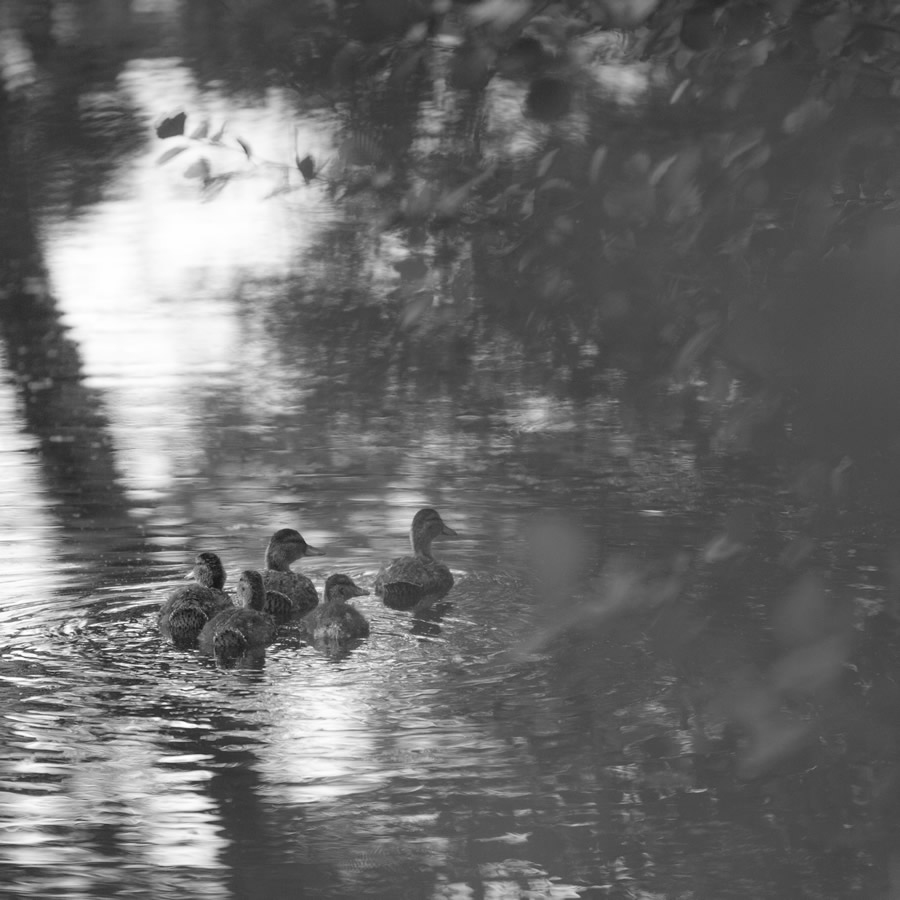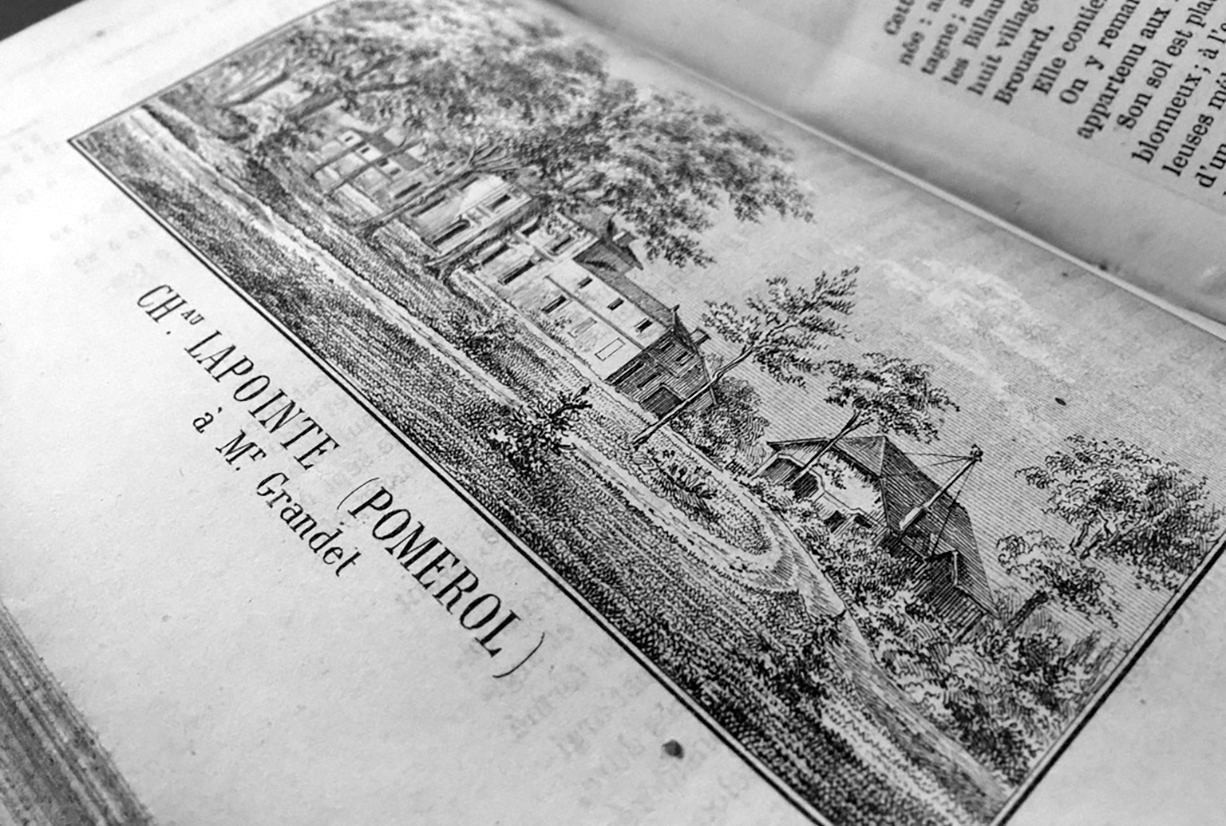

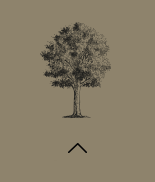
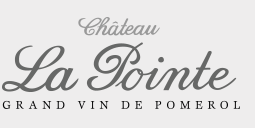

Returning to former prestige
The famous “ Cocks & Féret” Bordeaux wine guide is considered a reference to this day. The 1868 edition positioned Château La Pointe alongside Beauregard, Clinet, La Conseillante, L’Evangile, Gazin, Nénin, Petit Village, Rouget and Trotanoy. To quote: “(after) great improvements in this vineyard (…) its wines, previously considered second growths, have been selling as first growths for almost the last ten years.”
At that time La Pointe already boasted 23 hectares, and thanks to its splendid Directoire-style mansion was one of the first in Pomerol to be allowed to use the name “Château”. This special status has always contributed to positioning the property among the most important of the appellation. Records show that the property received awards as early as 1882 with a silver medal at the Exhibition of Bordeaux, as well as at the Universal Exhibition of Amsterdam in 1883.
Our estate has always produced quality wines, even if wine professionals consider that the “Beauty” was perhaps “Sleeping” for a while. Then in 2007 a change of ownership breathed a new energy into this historic domain, enabling it to express all the potential of its vineyard and re-establish its former prestige.
Fermer

Pomerol, a land of its own
With barely 813 hectares, less than 1% of the Bordeaux vineyards, the appellation of Pomerol is a real nugget, producing rare, confidential wines. The average surface area of an estate is just 5 hectares, and there is certainly nothing rigid or uniform in this complex appellation where a myriad plots weave in and out of each other across different soils.
The appellation’s emblematic grape variety is Merlot, although the diversity of soils in Pomerol can also be conducive to growing great Cabernets Francs.
Château La Pointe, with its 23 hectares of vines in a single block, is able to produce 120 000 bottles per year, and is among the 5 largest properties in Pomerol, one of the most prestigious appellations of Bordeaux, along with Saint-Emilion, Margaux, Saint-Julien, Pauillac or Saint-Estèphe.
The origin of the name “La Pointe” stems from the vineyard’s singular geometry, there being a large pointed triangular vine plot at the entrance to the estate.
Fermer

Meditation
“ Nature never deceives us, it is we who deceive ourselves.”
Jean-Jacques Rousseau (1712-1778)
Fermer

The Pomerol hospitallers, a secular tradition
The banner of Pomerol wines is traditionally carried by the Hospitallers (‘Les Hospitaliers de Pomerol’), members of a wine brotherhood whose origin goes back to the Middle Ages. Medieval archives show that a hospice, founded in the twelfth century in Pomerol, along the pilgrimage route to Santiago de Compostela, invited visitors to partake of the “therapeutic” virtues of Pomerol wines.
The Pomerol Hospitallers still proudly wear their red tunic bearing the Maltese cross and the scallop shell (symbol of the Apostle Saint James the Greater), fervently perpetuating the appellation’s tradition of hospitality. They are the cultural ambassadors of our heritage.
Fermer

Château La Pointe, a terroir revealed
Château La Pointe’s vineyard is located on the slope descending from the Château Trotanoy terrace, next to Château Nénin. Its terroir is made up of three main soil types :
–Gravel and pebble sector on the Isle River terrace : these exceptional soils, featuring a series of gravel resurgences sloping towards the west, are quite close to those found on Pomerol’s upper plateau.
–Clay-gravel sector : soils recognised as among the finest for winegrowing.
–Sector with more sandy soil over a layer of clay or gravel : soils offering high potential but suffering from an excess of water. A pedological and geological study was carried out in 2008, and major drainage work was performed on those parts of the vineyard with hydromorphic problems, ensuring a better water regulation. This type of operation, very common in renowned Châteaux, allows us to avoid excessive yields and obtain greater ripeness. Château La Pointe has thus seen an improvement in the balance of wines produced on this third sector over recent years.
Fermer

The vineyard, a whole ecosystem
Ecosystem : a system made up of an environment (biotope or habitat) and by the group of species (biocoenosis) living, feeding and reproducing within it.
The vines are indissociable from the local landscape; they are part of the familiar surroundings of Bordeaux in general and around Libourne in particular. Our vineyards have managed to keep their brooks lined with wild flowers, their plant-filled ditches, their hedgerows and trees, their grassy borders and lanes. Erosion is thus kept to a minimum and shelter and food are provided for animals, maintaining a diversity of flora and fauna.
Fermer

Pomerol, confluence of the Isle and the Dordogne rivers
Pomerol’s location, with the proximity to the river port of Libourne, offering easy access to the Atlantic ocean, was certainly determinant in the economic development of the vineyards. From one century to the next, thanks to the dynamic activity of the Bordeaux wine merchants, barrels, and later bottles, were exported, mainly to England and Northern Europe, but also to more distant countries all over the world. The excellent reputation of Pomerol wines was established many years ago, and well beyond the French borders.
Many grand noble houses throning on the region’s winegrowing estates were witness to these successive golden ages. This was certainly the case of Château La Pointe’s own Directoire-style mansion, a timely symbol of the wine’s growing commercial success during that period.
Fermer

Origins of a great winegrowing soil
The notion of terroir is used so readily in sales pitches that the wine lover may wonder whether it is not more a question of marketing than an agronomic reality.Even the most ambitious investor would never be able to re-create a real terroir as the formation of a soil-type is the result of complex interactions over hundreds of thousands of years. This relationship with geological eras makes each terroir totally unique and non-reproducible, giving each wine its singularity.
Few agricultural soils are suitable for producing good wines, and few winegrowing soils are capable of producing great wines. Modern technical methods now mean we can easily make a good wine, but only a great terroir, with the intricacies of its own soil and character, will produce a Grand Cru.
Fermer

Respecting the rhythm of Nature
The vast two-hectare park, surrounded by vines, with its remarkable ancient trees, has always made Château La Pointe’s estate a special quiet spot in the heart of a preserved environment.
Living and working in this haven on a daily basis, we learn or re-learn to protect its fragile equilibrium. The only rhythm possible is that of the natural cycle of Life itself.
Fermer

Wine Culture and Civilisation
The first signs of winegrowing in the Libourne area date back to the first centuries of our era. The ruins of the famous poet Ausone’s villa that can be seen a few kilometres from Pomerol remind us that the vines have always been present in our region. True foundation stones of our civilisation, the vineyards, and the wines produced from them, have shaped our landscape and our culture over the centuries. We are the keepers of this tradition and tell its story through our wines, the quality and character of which constantly renew the opportunities to enjoy and share.
Fermer
